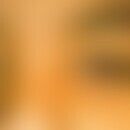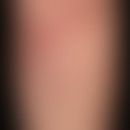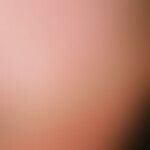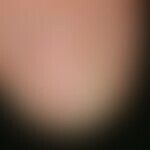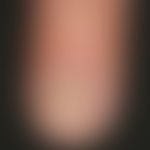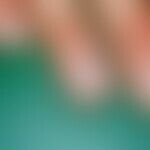Synonym(s)
DefinitionThis section has been translated automatically.
Occurrence/EpidemiologyThis section has been translated automatically.
You might also be interested in
EtiopathogenesisThis section has been translated automatically.
Mostly unexplained etiology. Rarely congenital or familial.
Possible exogenous causes: prolonged exposure to water and detergents, contact with alcoholic and fat-dissolving liquids, intensive manicure.
Possible internal causes: hyperthyroidism and hypothyroidism, vitamin A and B deficiency, malnutrition, iron deficiency, calcium deficiency, zinc deficiency.
ManifestationThis section has been translated automatically.
ClinicThis section has been translated automatically.
TherapyThis section has been translated automatically.
External therapyThis section has been translated automatically.
Internal therapyThis section has been translated automatically.
Try gelatine or biotin-containing products (e.g. Gelacet) 1 time/day 9 capsules p.o. for 3 weeks. Followed by a 2 week break. Then repeat with 1 time/day 9 capsules p.o. over 3 weeks. Maintenance dose over several weeks or months: 3 capsules/day. Alternatively, e.g. Bio-H-Tin 2.5 mg/day, or e.g. Pantovigar 3 times 1 capsule/day for 3-6 months.
If necessary, additional iron or zinc supplementation (e.g. zinc orotate 1 time/day 20 mg p.o.; Ferro sanol duodenal 1 time/day 100 mg p.o.).
LiteratureThis section has been translated automatically.
- Chao SC, Lee JY (2002) Brittle nails and dyspareunia as first clues to recurrences of malignant glucagonoma. Br J Dermatol 146: 1071-1074
- Fujimoto W et al (2005) Biotin deficiency in an infant fed with amino acid formula. J Dermatol 32: 256-261
- Jabbour S (2003) Cutaneous manifestations of endocrine disorders: a guide for dermatologists. At J Clin Dermatol 4: 315-331
- Jemec GB et al (1995) Nail abnormalities in nondermatologic patients: prevalence and possible role as diagnostic aids. J Am Acad Dermatol 32: 977-981
- Uyttendaele H et al (2003) Brittle nails: pathogenesis and treatment. J Drugs Dermatol 2: 48-49
- Fence H (1997) Brittle nails. Objective assessment and therapy follow-up. dermatologist 48: 455-461
Incoming links (4)
Lichen nitidus; Nail brittleness; Trace elements, deficiency symptoms; Witkop syndrome;Disclaimer
Please ask your physician for a reliable diagnosis. This website is only meant as a reference.
